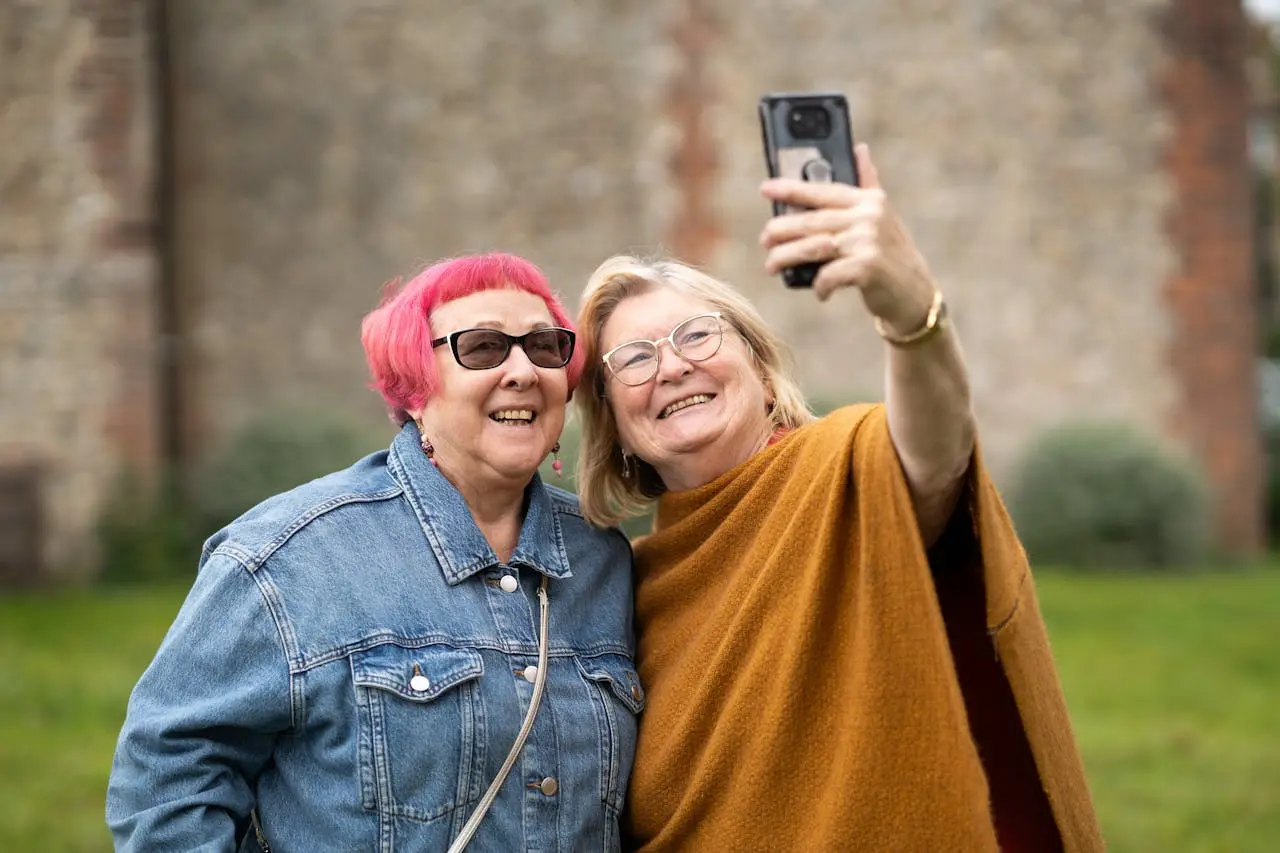When you have been living on autopilot for a while, it's easy to stop noticing what makes you feel alive. Days blur. You keep doing what’s needed but the color fades from experience. Noticing what sparks you is the first step to bringing life back into focus because attention is the ignition point of zest.
Why Noticing Comes First
You can’t reignite energy if you don’t know what feeds it. Before you change anything, you have to see it. When you start observing what lights you up, like a piece of music, a stretch of sky, a certain conversation - you reconnect your attention with your body’s cues. That’s how zest begins: not through effort, but through awareness.
Psychologists call this attentional training - retraining your brain to notice positive stimuli. Each time you do, your nervous system releases a small pulse of dopamine. It’s a micro-signal that says, “This matters.” Over time, those signals build a habit of aliveness.
“Energy follows attention. Where you look, you live.”
The Science Behind It
Our brains filter millions of bits of information every second. Under stress, that filter narrows to threat and routine. We stop seeing the neutral and the beautiful not because they’re gone, but because our system has gone into efficiency mode.
The act of noticing breaks that pattern.
When you pause long enough to name one colour, one sound, or one small pleasure, your nervous system activates and your awareness widens. The world starts to look alive again because you have re-entered it.
How to Practise Daily Noticing
1. Start With the Senses
Each morning, choose one sense to lead you.
-
Sight: name three colours you can see.
-
Sound: identify two distinct sounds.
-
Touch: feel one texture deliberately — your cup, the air, your jumper.
The goal isn’t to analyse, just to experience. Five seconds of sensory awareness pulls you out of thought and into life.
2. Use the Zest Formula
Follow the four stages from the Zest Sparks Guide:
Notice → Do → Feel → Reflect.
For example:
-
Notice the stiffness in your shoulders.
-
Do a slow stretch.
-
Feel the release.
-
Reflect by silently saying, “That small thing made a difference.”
That reflection seals the learning into memory.
3. Catch Micro-Moments of Energy
Any time you sense a tiny lift like a warmth, curiosity, a smile, a spark of interest - pause for two breaths and name it.
“Here it is - zest.”
That label matters. It builds a mental map of what re-energises you.
4. Record Your Sparks
At the end of each day, jot down three things that felt alive. It might be “the smell of coffee,” “a good laugh,” “finishing a task.” Writing them down trains the mind to scan for them tomorrow.
Common Blocks to Noticing
-
Overwhelm.
When life feels too full, attention collapses inward. Start small with a single breath or a single sound. -
Cynicism.
You might think, “This won’t help.” That’s fine. Notice that thought too and then return to your senses. -
Disconnection.
If you feel numb, treat noticing as exercise. You won’t feel zest immediately, but each repetition builds responsiveness.
Reflection Prompts
Use these in your journal or Zest Sparks Planner:
-
What did I notice today that lifted my energy, even briefly?
-
Where in my day did I feel most awake?
-
Who or what consistently brings lightness or warmth?
-
How does my body tell me when something is sparking interest?
-
What simple cue can remind me to look up, breathe, and notice?
Practical Spark Challenge
For the next seven days, choose one daily cue:
-
When the kettle clicks, look out the window.
-
When you unlock your phone, name one sound around you.
-
When you finish work, take a full breath before moving on.
By the end of the week, you will have proof: aliveness isn’t something you wait to feel, it’s something you practise noticing.
Reflection
Noticing doesn’t take time; it takes permission.
The moment you stop rushing long enough to pay attention, your life begins to return in colour.
“You don’t need a new life. You just need to notice the one you already have.”


